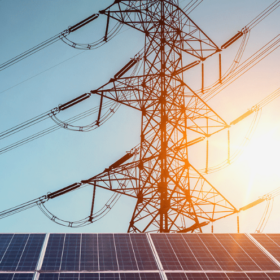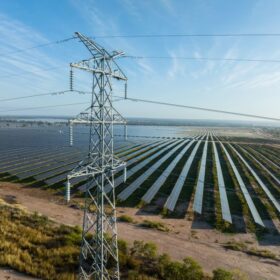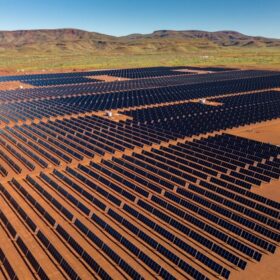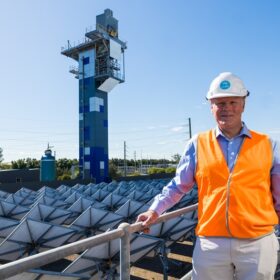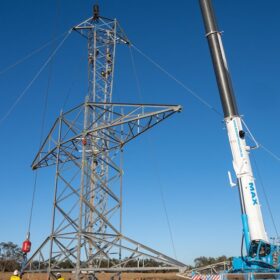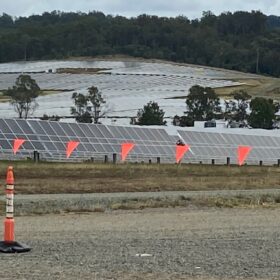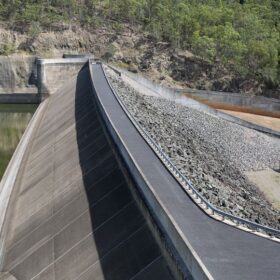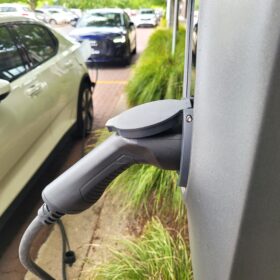Revived SEC targets 4.5 GW of renewable generation and storage
Victoria’s State Electricity Commission is officially back as an active energy market participant with the state government revealing the publicly owned enterprise will invest an initial $1 billion (USD 630 million) to help fast-track the delivery of 4.5 GW of new renewable energy and storage projects.
Queensland to legislate public ownership of energy assets, renewables targets
Queensland’s transition from a reliance on coal-fired power to renewables has taken a step forward with the state government tabling a new bill in parliament that locks in its commitments to public ownership in the energy system and renewable energy targets.
Traditional owners sign renewable energy deal with Rio Tinto
Traditional lands owners in Western Australia’s Pilbara region have signed an agreement with mining giant Rio Tinto to collaborate on large-scale renewable energy projects as the resources heavyweight powers up efforts to decarbonise its supply chain.
CSIRO uses ‘falling’ ceramic particles used to store energy at extreme temperatures
Falling ceramic particles less than half a millimetre in size have been used by Australia’s national science agency, the CSIRO, to store energy in a concentrated solar thermal system. The team recently achieved a temperature of 803°C using the process at its pilot plant in NSW.
Not so fast… the Bouldercombe Battery is not yet back into service after the fire
On September 26, the Bouldercombe battery in Queensland caught fire during its commissioning process. Now, it is being reported the battery facility is already back up and running – which isn’t quite the case, WattClarity’s Paul McArdle explains.
Monash researchers achieve lithium-sulphur battery breakthrough
Researchers at Victoria’s Monash University have developed a new lithium-sulphur battery design they claim requires less lithium, has more energy per unit volume, lasts longer and can be produced for half the price of the dominant lithium-ion technology.
CEFC rolls out first investment under $20 billion Rewiring the Nation fund
The Clean Energy Finance Corporation has made its first investment via the Australian government’s $20 billion (USD 12.67 billion) Rewiring the Nation Fund, committing $100 million to support the build-out of renewable generation, long-duration storage and grid infrastructure in New South Wales.
ACE teams with Japanese player in 500 MW joint venture
Aspiring renewable energy developer ACE Power will partner with the clean energy arm of Japanese energy giant Osaka Gas to jointly develop a portfolio of Australian solar and battery projects with a total capacity of more than 500 MW.
Wärtsilä urges industry to improve in wake of Bouldercombe battery fire
The company supplying the technology for what has been branded Australia’s “biggest battery” has cautioned that manufacturers must ramp up their focus on hardware, increase investment in advanced software and improve testing practices to minimise the risk of lithium-ion batteries catching fire.
Queensland launches early works on 2 GW pumped hydro project
One of Queensland’s largest clean energy projects has reached a new milestone with exploratory works and detailed site investigations commencing for the proposed 2 GW Borumba Dam pumped hydro project being developed near Gympie in the state’s southeast.
